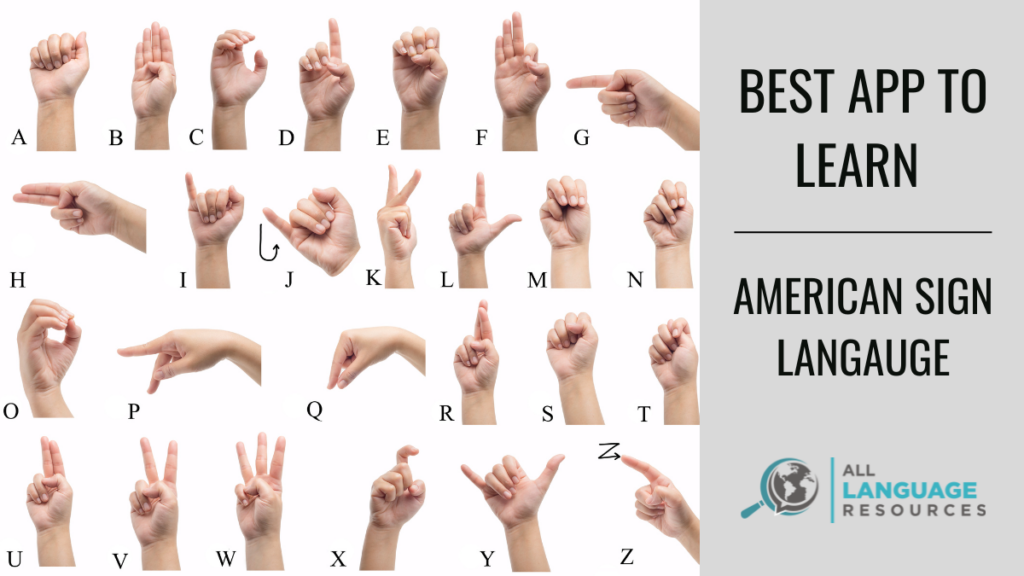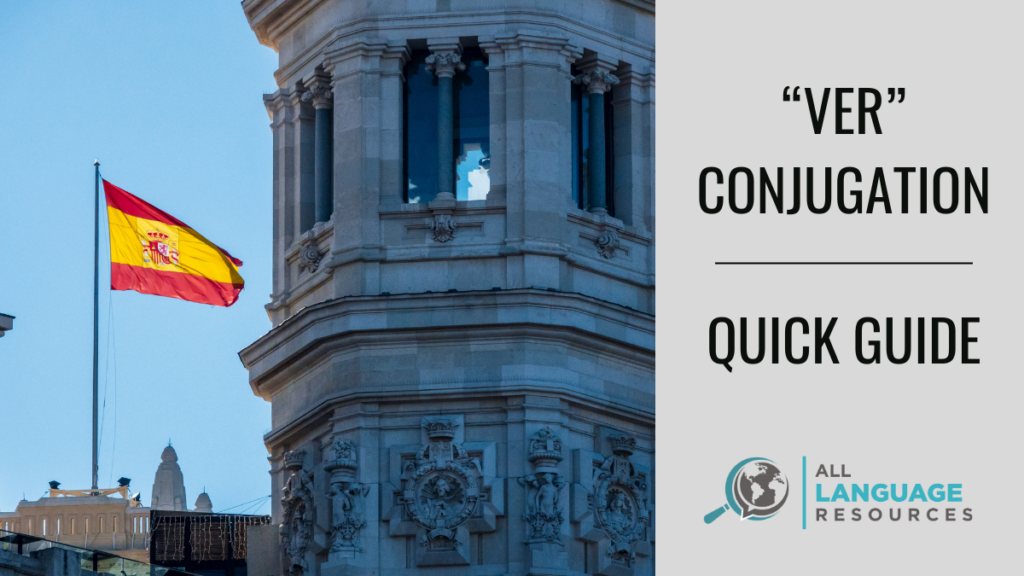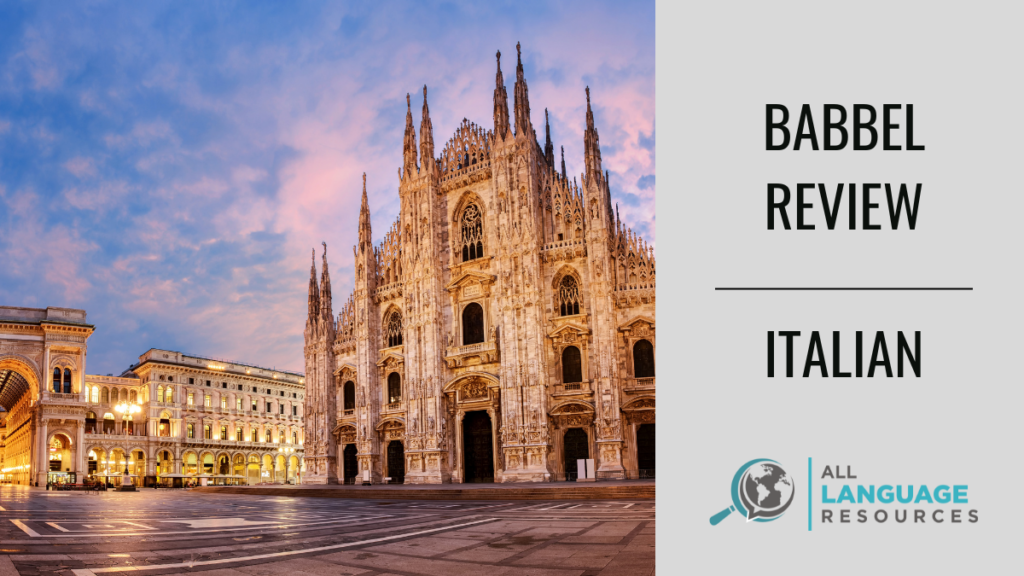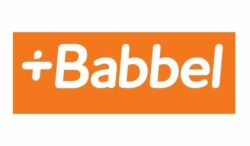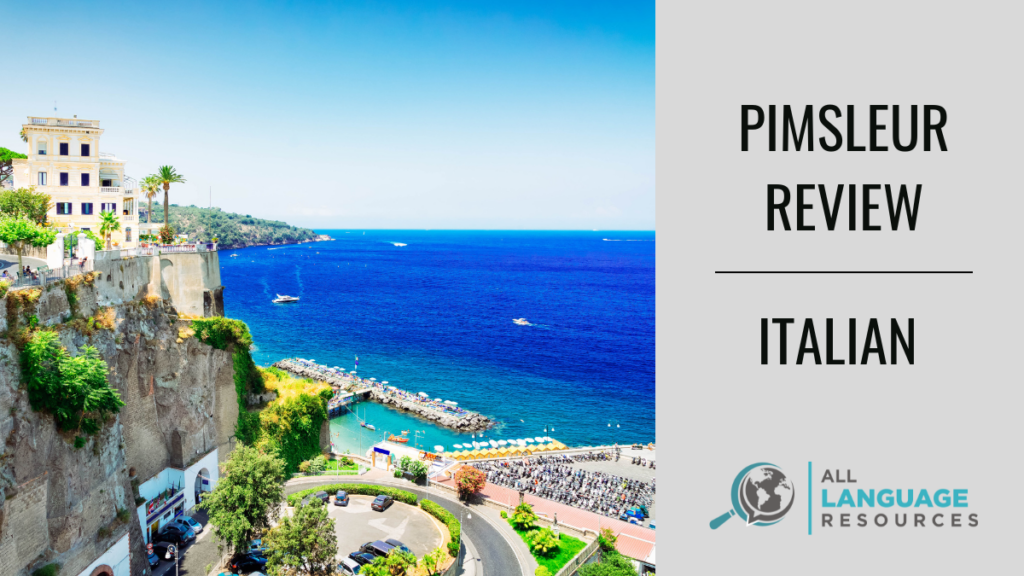Have you ever wondered which languages are the easiest to learn? Whether you’re a language enthusiast, a frequent traveler, or simply curious about expanding your linguistic horizons, discovering the languages that offer a smoother learning journey can be exciting. In this article, we delve into why Dutch, French, Spanish and Italian are the easiest languages for a native English-speaker to learn.
Top 12 Easiest languages to learn for native English speakers
While language learning is a personal and subjective experience, we explore various factors that contribute to the perceived ease of acquiring a new language. From shared vocabulary and familiar grammar structures to simple pronunciation and cultural connections, we unravel the languages that are often considered more accessible for beginners. Join us as we embark on a journey to uncover the languages that may provide a smooth entry into the world of multilingualism and inspire you to embark on your own language learning adventure.
1. Dutch
Linguists have identified Dutch as the easiest language for native English speakers to learn.
Dutch and English share many cognates, words derived from the same linguistic root, which makes learning vocabulary easier. Words like “hotel,” “bus,” and “computer” are recognizable and have similar meanings in both languages.
Due to their close familial relationship, Dutch grammar shares similarities with English, such as word order and the use of articles. The structure of sentences and the formation of questions and negatives are often familiar to English speakers.
Dutch pronunciation is generally straightforward, with clear and consistent sounds. Many Dutch vowel and consonant sounds closely resemble their English counterparts, reducing the challenges of mastering new phonetics.
English and Dutch share historical and cultural connections, making it easier for English speakers to understand certain idioms, expressions, and cultural references. Additionally, the availability of Dutch media and cultural resources can aid in language learning.
2. Norwegian
Norwegian is often considered relatively easy for native English speakers to learn due to its relatively straightforward grammar compared to some other Germanic languages. It has fewer grammatical cases and noun declensions than, for example, German. The verb conjugations are also simpler, and the syntax is similar to English.
Norwegian is mutually intelligible with Swedish and Danish to some extent. While there are differences in pronunciation, vocabulary, and grammar, knowledge of one Scandinavian language can make it easier to understand and communicate in the others, making it a useful language to learn.
Norwegian language learning resources, including textbooks, courses, and online materials, are widely available for English speakers. Additionally, Norwegians generally have a high level of English proficiency, providing opportunities for language exchange and practice.
3. Swedish
Coming from Scandinavia and the Germanic family of languages, Swedish offers numerous cognates, which are words that look or sound similar in different languages due to their shared ancestral roots. This abundance of cognates between English and Swedish simplifies vocabulary acquisition. For example, “grass” is “gräs” in Swedish—a clear cognate.
Similar to Norwegian, Swedish boasts relatively straightforward grammar rules and a word order that aligns with English. Furthermore, Swedish benefits from widespread exposure, thanks in part to the global fascination with IKEA. English speakers worldwide have encountered various Swedish words while shopping for furniture or enjoying Swedish meatballs. The renowned minimalist “Lack” tables, for instance, derive their name from the Swedish word for “varnish,” while the popular “Stockholm” rugs pay homage to Sweden’s capital. For furniture enthusiasts, Swedish may just be the language to explore.
4. Spanish
While not as easy to learn as Dutch, Spanish is often considered relatively easy for native English speakers to learn.
Spanish has very consistent pronunciation rules, making it easier to read and pronounce words accurately. The phonetic nature of Spanish means that words are generally pronounced as they are spelled, which simplifies the learning process.
While Spanish has some grammatical differences compared to English, its grammar rules are generally more straightforward and regular. Spanish has a consistent verb conjugation pattern, and word order is often more flexible than in English.
Spanish is widely spoken in many countries, and its cultural influence is felt globally. This means that there are abundant resources available for learning Spanish, including movies, music, literature, and language exchange opportunities, which can enhance the learning experience.
5. Italian
Like Spanish, Italian has consistent pronunciation rules, with words pronounced as they are spelled. Once you understand the basic pronunciation patterns, it becomes easier to read and speak Italian words accurately.
Due to the Latin influence on English, Italian and English share a considerable number of cognates, words derived from the same linguistic roots. This means that many words in Italian and English have similar meanings, making vocabulary acquisition easier.
Italian grammar is relatively regular and straightforward. It follows consistent rules for verb conjugation, noun-adjective agreement, and sentence structure. Compared to some other Romance languages, Italian grammar is considered to be more predictable and less complex.
Italian is known for its musicality and melodic qualities. The rhythm and flow of the language can make it more enjoyable and easier to learn and remember.
6. French
While considered by many to be difficult to learn, French is actually a relatively straightforward language for native English speakers to pick up.
Due to the Norman influence of French on English, they share a significant number of cognates, words derived from the same linguistic roots. This means that many words in French and English look and sound similar, making vocabulary acquisition easier. The French word boeuf meaning “beef” is the origin of the word “beef” and the word for sheep (mouton) is where English gets its word “mutton.”
French pronunciation may initially pose some challenges, particularly with its nasal sounds and distinct vowels. However, once the basic pronunciation rules are grasped, French becomes more predictable, with consistent pronunciation patterns.
French grammar has similarities to English grammar, such as the use of subject-verb-object word order. Additionally, French has gendered nouns and verb conjugations, which are also present in English to some extent. These shared grammatical elements make it easier for English speakers to understand and apply French grammar rules.
French is widely studied and has a rich cultural heritage, making it a popular choice for language learners. As a result, there are numerous resources available, including books, movies, music, and language exchange opportunities, which can aid in learning and immersion.
7. Romanian
Romanian, a Romance language spoken primarily in Romania and Moldova, is considered relatively easy for native English speakers. Romanian shares a significant amount of vocabulary with English, especially in fields like technology, science, and arts. Many words in Romanian and English have a Latin origin, making it easier for English speakers to recognize and understand them. Additionally, Romanian has borrowed some words from French, Italian, and German, which might also be familiar to English speakers.
While Romanian does have some grammatical features that differ from English, such as gendered nouns and more extensive verb conjugations, its grammar is considered to be simpler compared to other Romance languages like French or Spanish. The verb system, though more complex than English, follows certain regular patterns.
8. Portuguese
As with Spanish and Italian, Portuguese pronunciation is generally phonetic, meaning words are pronounced as they are spelled. While Portuguese has some unique sounds, once the basic pronunciation rules are understood, it becomes easier to read and speak Portuguese accurately.
Portuguese has nasal vowel sounds, which may require some practice to master. However, compared to other Romance languages, the nasal sounds in Portuguese are relatively easier for English speakers to imitate.
Portuguese grammar shares similarities with English grammar, such as the use of subject-verb-object word order. Additionally, Portuguese has verb conjugations and gendered nouns, which are also present in English to some extent. These shared grammatical elements make it easier for English speakers to grasp Portuguese grammar rules.
So far, the languages on our list all have one thing in common: The alphabet. Learning a language that uses the Latin alphabet is easier than learning one that doesn’t, because you don’t have to worry about learning letter recognition.
But of that languages that don’t use the Latin alphabet, which ones are the easiest to learn?
9. Greek
While Greek uses a different alphabet, it shares some similarities with the Latin alphabet. Many letters have familiar counterparts in English, making it easier to learn the Greek alphabet. Additionally, Greek has contributed numerous words to the English vocabulary, providing a degree of familiarity.
10. Hebrew
Hebrew’s alphabet, called the Hebrew script, may appear unfamiliar at first, but it consists of 22 letters that are read from right to left. Hebrew has a straightforward grammar structure, and its verb conjugation system is relatively regular. Learning basic vocabulary and common phrases can provide a good foundation.
11. Korean
Korean uses the Hangul writing system, which is phonetic and logical in its construction. The alphabet is easy to learn, and the absence of complex grammar rules simplifies sentence formation. Korean vocabulary also includes many loanwords from English, aiding comprehension.
12. Russian
Although Russian uses the Cyrillic alphabet, which can initially be challenging, its grammar structure is relatively regular. Russian has a consistent pronunciation system, and once the alphabet is mastered, reading and pronunciation become more manageable. Russian vocabulary also includes loanwords from French, German, and English.
Easiest and hardest languages to learn FAQs
What are the hardest languages for a native English speaker to learn?
The difficulty of learning a language can vary depending on various factors, including linguistic differences, cultural unfamiliarity, and the learner’s previous language experiences. However, some languages are often regarded as challenging for native English speakers. Here are a few examples:
1. Mandarin Chinese
Mandarin has a complex writing system with thousands of characters and tonal pronunciation, requiring a significant amount of time and effort to master. Additionally, the grammatical structure and cultural nuances can pose challenges. But, that should not stop you from learning a language that’s spoken by over a billion people. You will be able to communicate with so many people…think about it!
2. Arabic
Arabic has a different alphabet and a complex writing system. It features intricate grammatical structures, verb conjugations, and a vast vocabulary. The pronunciation of certain sounds, such as guttural consonants, can be challenging for English speakers. Arabic may be hard, but it is BEAUTIFUL and the Arabic speaking regions offer a rich history. How cool will it be to be able to write in Arabic, too!
3. Japanese
Japanese uses three writing systems: hiragana, katakana, and kanji. Each system has its own rules and ka ji has thousands of characters. Japanese grammar and sentence structure differ significantly from English, and the honorific system adds further complexity. But!!!! Don’t you love Studio Ghibli films? Cool Animes such as Gundam and Evangelion are from Japan. Japanese language is easy to pronounce. Try it.
4. Korean
Korean has a unique writing system (Hangul) that is phonetic and relatively easy to learn. However, Korean grammar and sentence structure can be challenging, with honorifics, verb conjugations, and speech levels adding complexity. But! K-Pop and so many cool cultures originate from Korea! Don’t be intimidated, you can do it.
5. Hungarian
Hungarian is a Finno-Ugric language with a complex grammar structure, extensive use of cases, and agglutination, where word elements are added to express meaning. The vocabulary and sentence structure can be quite different from English. But! Hungary was once the eastern edge of the Roman Empire and it has such a rich history and culture. Also, Hungarians know that Hungarian is a hard language to learn, so they would be all smiles when you speak their language.
Which language is closest to English?
Frisian, a west Germanic language, is the closest relative to English.
English and Frisian evolved from a common ancestor known as Old English or Anglo-Frisian. Old English was spoken in what is now England and the coastal regions of the Netherlands and Germany, including the Frisian region. Over time, these dialects developed into separate languages, but they retain certain linguistic features and vocabulary from their shared ancestry.
Frisian is spoken in the coastal areas of the Netherlands and Germany, which are in close proximity to England. The geographical proximity has allowed for interaction, cultural exchange, and linguistic influences between these regions over centuries.
Historically, there were close ties between the Frisian region and England, especially during the Anglo-Saxon period. The migration and settlement of Anglo-Saxons from the Frisian region to England brought linguistic and cultural influences that shaped both languages.
The two languages are so similar that the rhyme “Bread, butter, and good green cheese
Are both good English and good Fries” (while spelled differently) sounds almost exactly the same as the English does: “Brea, bûter en griene tsiis is goed Ingelsk en goed Frysk.”
What is the simplest language?
The Riau Indonesian language, also known as Bahasa Melayu Riau, is a variety of the Malay language spoken primarily in the Riau province of Indonesia. It is also spoken in neighboring areas of Sumatra and parts of Malaysia, particularly in the Riau Islands. Riau Indonesian is considered a distinct dialect or regional variation of the broader Malay language.
Riau Indonesian has its own unique features in terms of pronunciation, vocabulary, and grammar which means it is often considered the ‘simplest’ language.
Riau Indonesian has a relatively straightforward pronunciation compared to some other dialects. It may exhibit fewer phonetic shifts or complex sound patterns, making it easier for learners to grasp the pronunciation. Riau Indonesian generally follows the basic grammatical rules of Indonesian, which has a relatively simple grammar structure compared to many other languages. It features a subject-verb-object word order and does not have complex verb conjugations or noun declensions. This simplicity in grammar can be advantageous for learners.
It is influenced by the local languages and dialects of the Riau region, as well as the neighboring languages and cultures. Due to its geographical location, Riau Indonesian has experienced influences from Malay, Javanese, Minangkabau, and Chinese languages, among others.
In terms of pronunciation, Riau Indonesian exhibits some distinct variations from standard Indonesian, with certain sounds and phonetic shifts that differ from other dialects. Vocabulary in Riau Indonesian may include local words and expressions that are not commonly found in standard Indonesian. Additionally, the grammar structure may display some unique features, although it generally follows the basic grammatical rules of the Malay language.
Riau Indonesian holds cultural and historical significance, being the language of communication for the Riau Malay community and serving as a marker of regional identity. It is commonly used in everyday conversations, local media, and cultural events in the Riau province.
As with any language variation, Riau Indonesian offers a fascinating insight into the linguistic diversity and cultural richness of Indonesia. Learning Riau Indonesian can provide a deeper understanding of the local culture, enhance communication with the local community, and contribute to a more meaningful and immersive experience in the Riau region.
Conclusion
In conclusion, learning a foreign language is an enriching and rewarding endeavor, and some languages may be easier for native English speakers to learn than others. Throughout this blog post, we have explored several languages that are often considered relatively accessible for English speakers. Languages such as Dutch, Spanish, French, Italian, and Portuguese, among others, share commonalities in vocabulary, grammar, or cultural familiarity, which can facilitate the learning process.
However, it’s important to remember that the ease of learning a language is subjective and can vary based on individual factors such as prior language experience, motivation, and learning style. Each language presents its own challenges and requires dedicated effort and consistent practice to achieve fluency.
Regardless of the language chosen, the key to successful language learning lies in passion, perseverance, and immersion. Immerse yourself in the language by practicing with native speakers, engaging with authentic materials, and embracing the culture associated with the language. With determination and a positive mindset, you can embark on a rewarding journey of language acquisition and open doors to new opportunities for communication, cultural understanding, and personal growth.
We have resources for SO MANY LANGUAGES! Find out which language appeals to you, and go to our home page to start your language journey. 🙂

